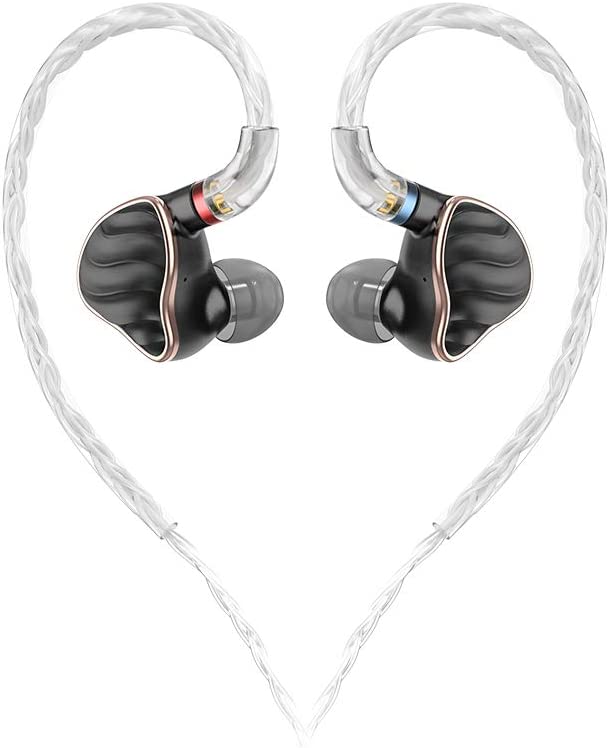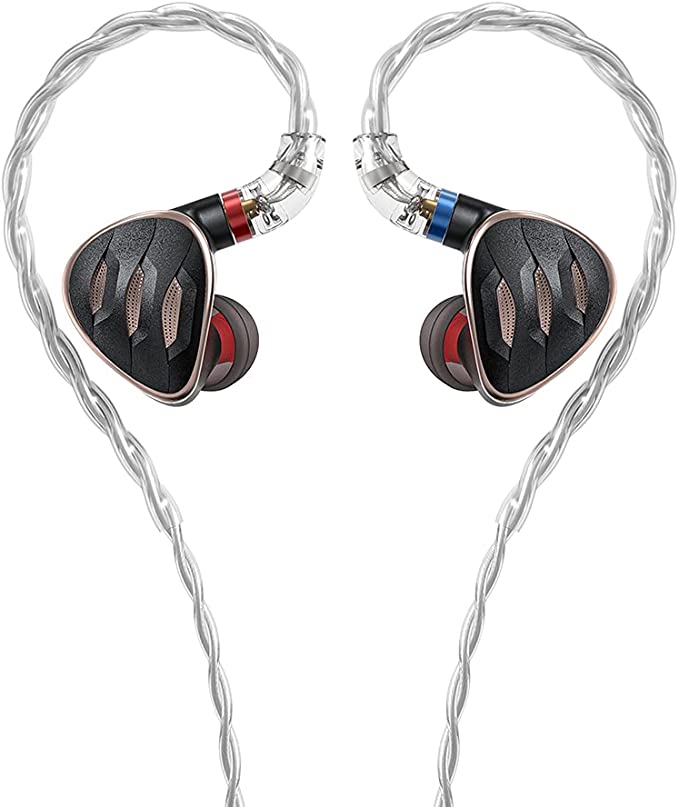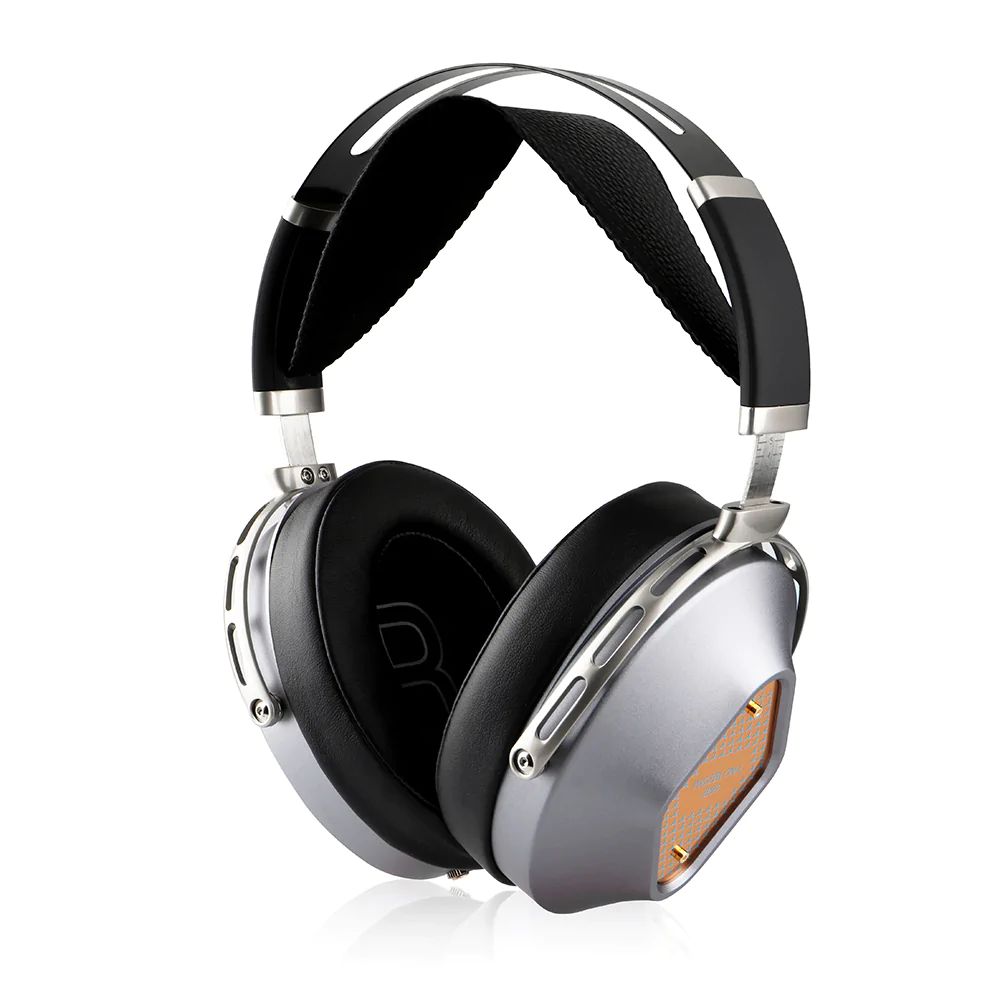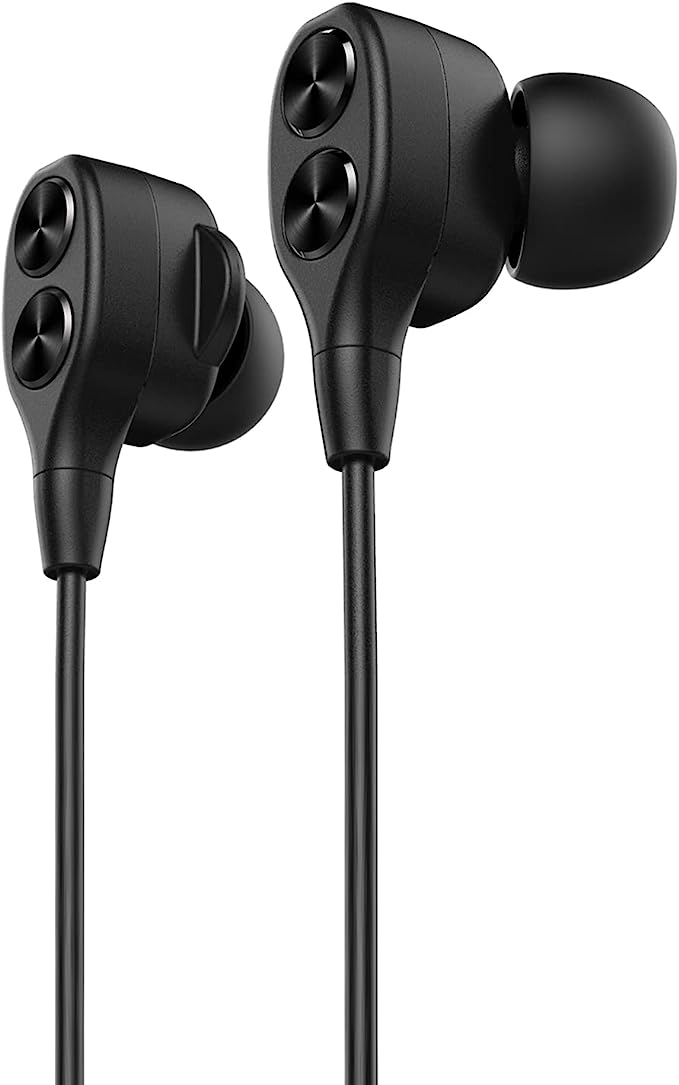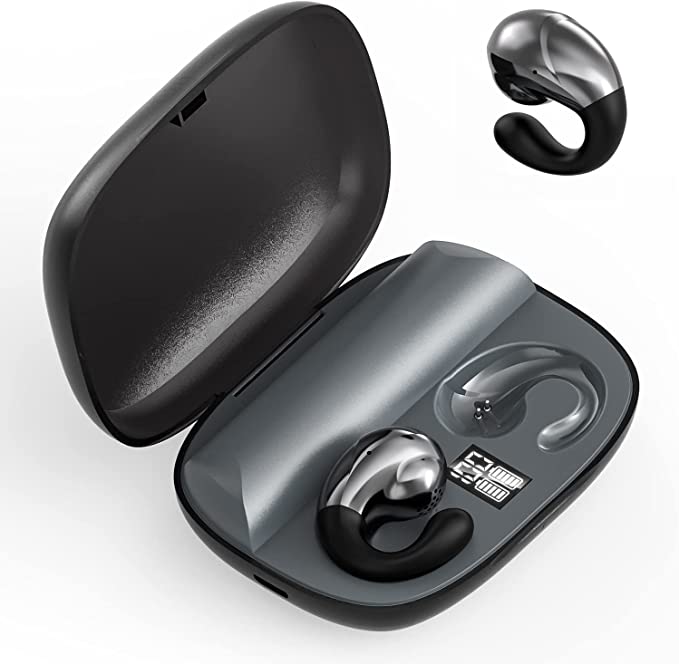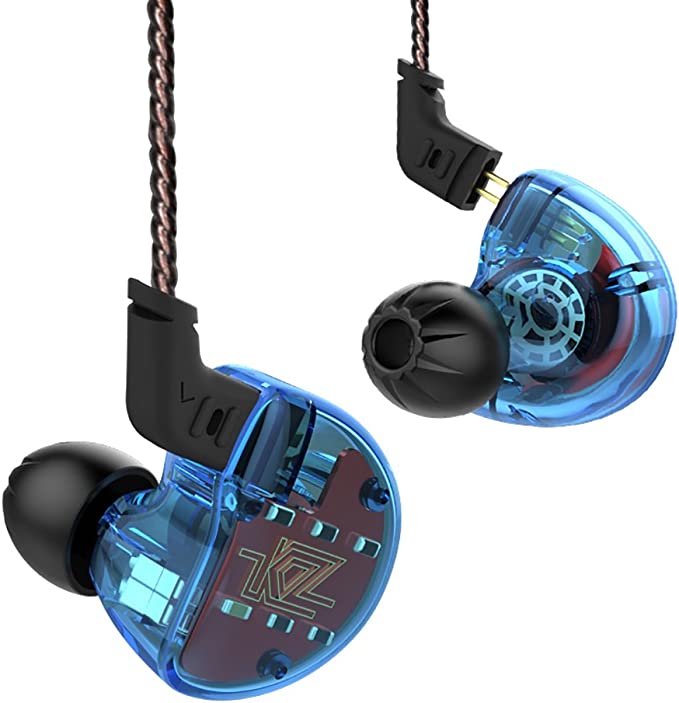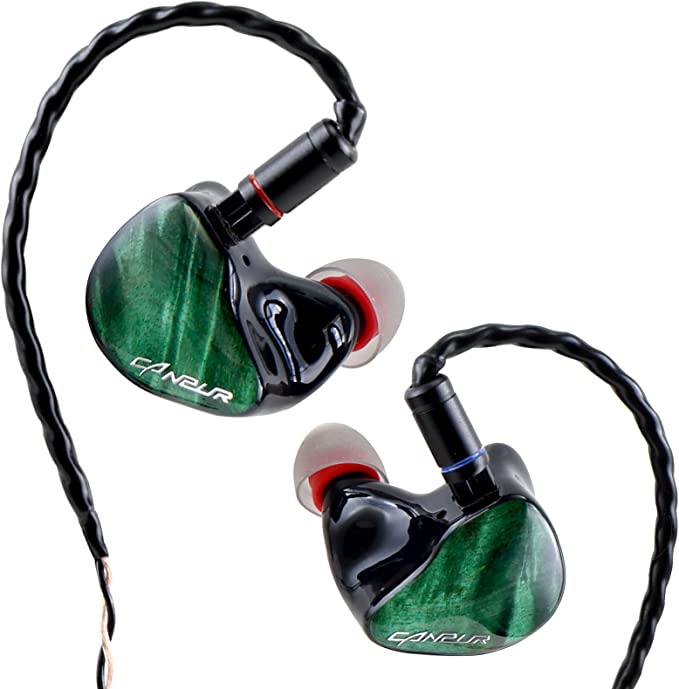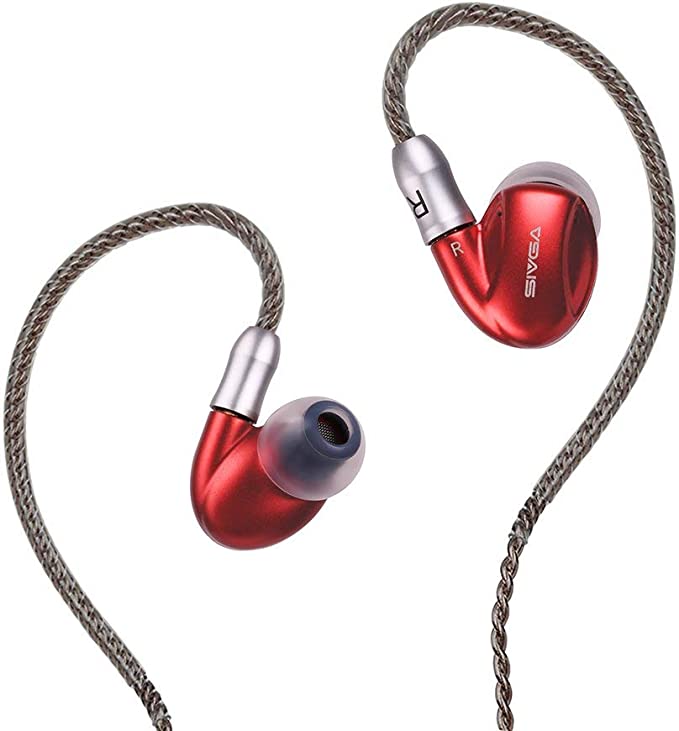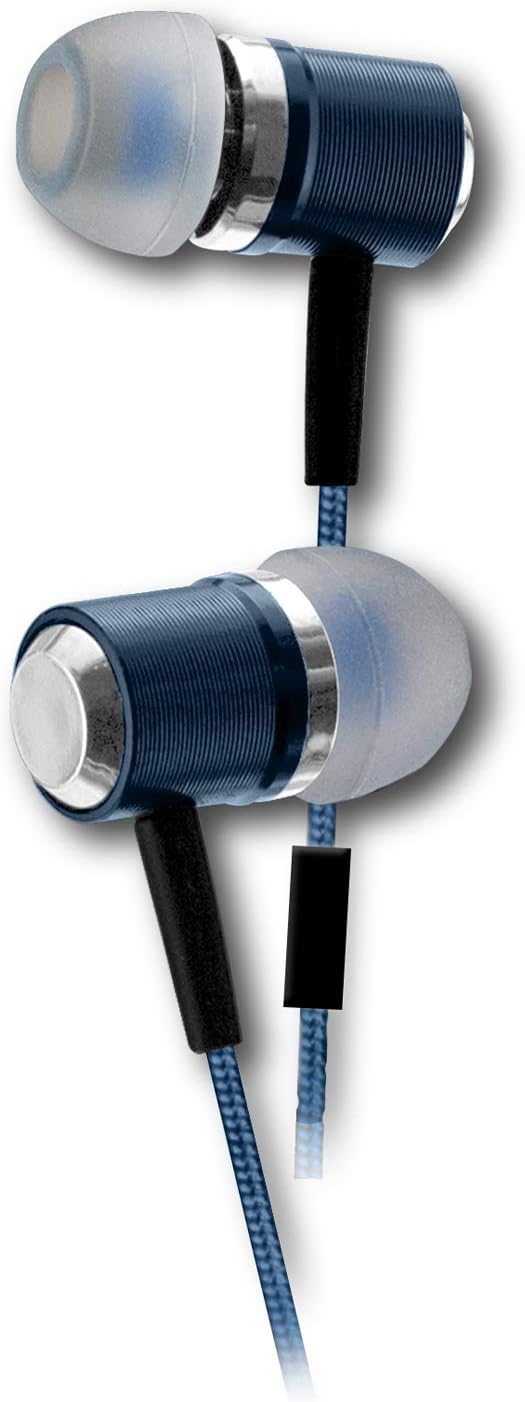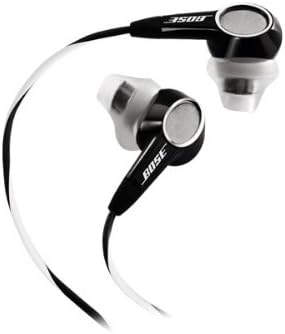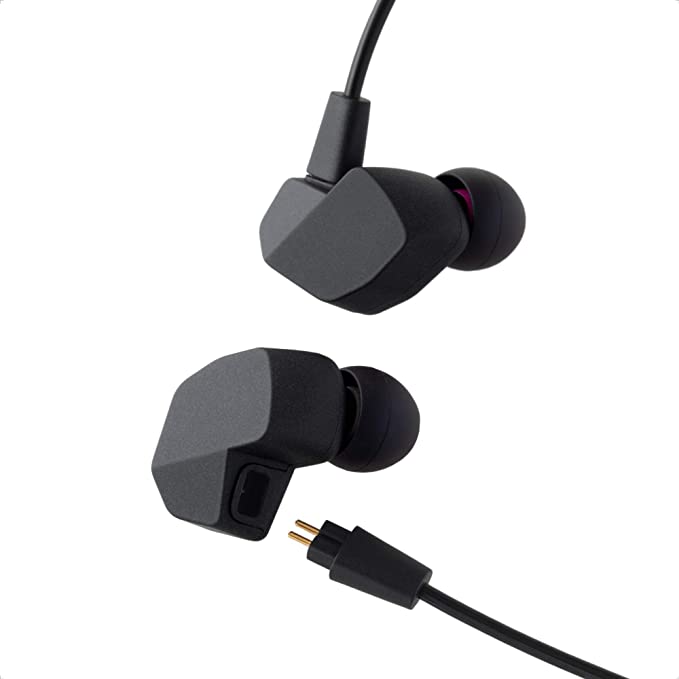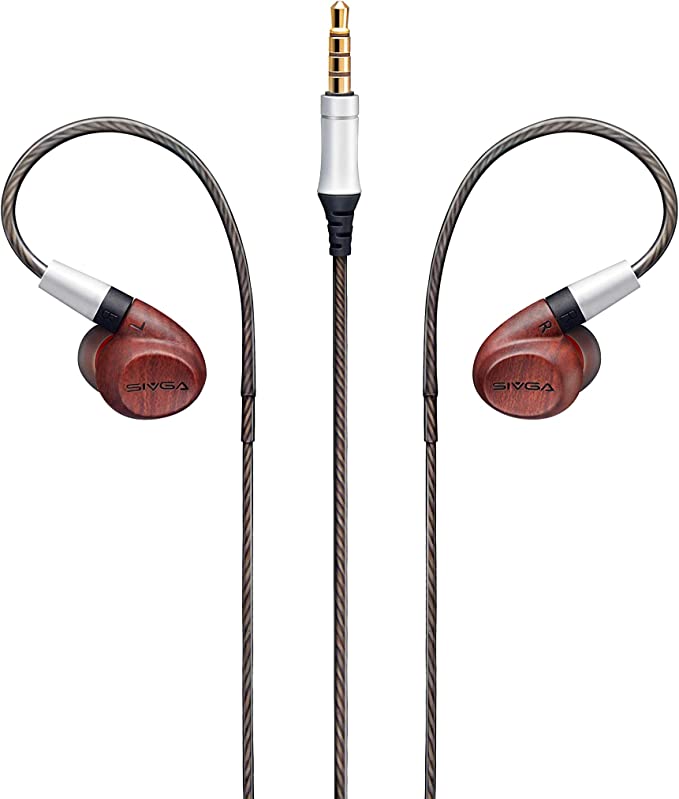FiiO FH7S In-Ear Earphones: A Musical Escape with Premium Hybrid Sound
Update on June 27, 2025, 5:14 a.m.
There is a fundamental paradox at the heart of personal audio. We ask it to perform an impossible feat: to replicate the vast, complex, and emotionally resonant experience of a live orchestra, a thunderous rock concert, or an intimate studio session, all within a space no larger than a thumbnail. This isn’t merely a challenge of miniaturization; it’s a battle against the very physics of sound in a confined environment. To succeed is to become a master of micro-acoustic architecture.
Let’s explore the FiiO FH7S in-Ear Earphones not as a piece of consumer electronics, but as a meticulously designed concert hall in miniature. We’ll peel back its sci-fi armor shell and discover how, piece by piece, its engineers solved a series of profound acoustic problems with elegant, science-backed solutions.
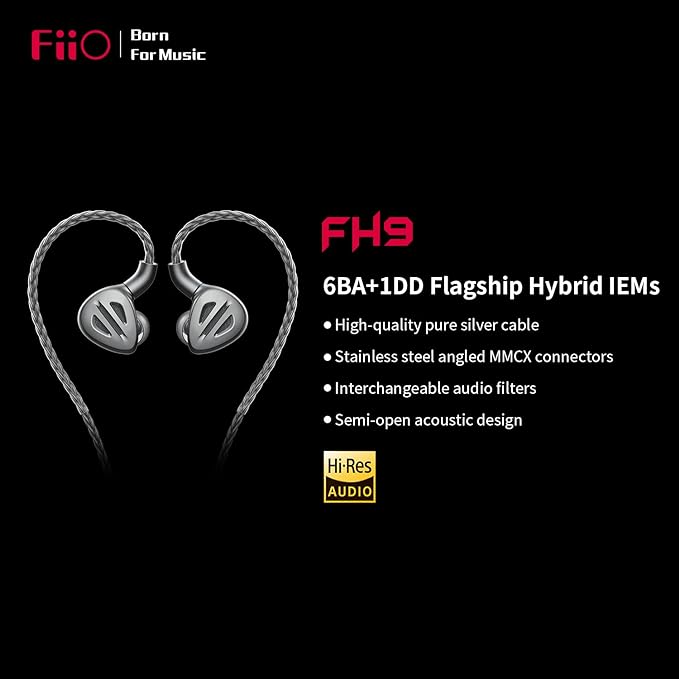
The Foundation: Forging a Soul of Thunder and Speed
Every great performance hall needs a solid foundation, an acoustic bedrock that supports everything above it. In music, this is the bass. The architect’s first problem is immense: how do you generate low-frequency energy that is both viscerally powerful and yet incredibly fast and articulate, avoiding the slow, muddy boom that can drown out all nuance?
The solution begins with material science. The heart of the FH7S’s low-end is a large 13.6mm dynamic driver, but its diaphragm—the surface that actually moves air—is crafted from Diamond-Like Carbon (DLC). This is no mere marketing gimmick. In the world of acoustics, an ideal driver moves like a perfect, rigid piston, pushing air without flexing, warping, or vibrating in sections. This unwanted flexing, known as “breakup mode,” is a primary source of distortion. DLC boasts an exceptionally high Young’s Modulus, a scientific measure of stiffness, allowing it to resist deformation under stress. This enables it to achieve near-perfect pistonic motion, translating an electrical signal into a clean, powerful sound wave with astonishing speed and minimal distortion. You don’t just hear the bass note; you feel its precise attack and decay.
But raw power needs control. This is where the architecture of the shell comes into play. The FH7S incorporates the patented S.TURBO acoustic design, which is far more than a simple port. It’s a precisely calculated, turbine-shaped tube that functions like a tuned quarter-wave resonator, similar in principle to the massive pipes of a grand organ. It uses the physics of an air column to selectively amplify low-frequency energy with incredible efficiency. As one user, Fabio K., aptly described it, the result is a “bass cannon,” but one that delivers a “car audio sensation” of controlled, textured power, not just chaotic rumble.

The Performers: A Coherent Symphony of Specialists
With the foundation laid, the stage must be filled with artists capable of rendering the intricate details of the performance. This presents the conductor’s dilemma: how do you get a powerful bassist and a quartet of nimble, high-speed violinists to sound like a single, unified ensemble? This is the core challenge of any multi-driver system.
The FH7S populates its stage with four specialists: custom-tuned Balanced Armature (BA) drivers from Knowles. Unlike the large, air-pushing dynamic driver, BAs are masters of micro-movements, capable of vibrating thousands of times per second with extreme precision. They are assigned the critical task of reproducing the midrange and treble, where the soul of vocals and the shimmer of instruments reside.
The invisible genius here is the acoustic crossover. The earphone’s internal design acts as a conductor, seamlessly filtering and directing the correct frequency ranges to the appropriate driver. This is an art form. A poorly executed crossover results in a disjointed sound, where you can almost hear the separate drivers working. A masterfully tuned one, as aimed for here, creates a coherent, singular voice. This is why user Thomás Inskip, after trying several all-BA designs, found that the hybrid approach “makes all the difference,” providing the low-frequency energy pure BA systems can lack, while retaining the clarity and detail that are their strength. It solves the problem by letting each specialist do what it does best.

The Auditorium: Engineering Space and Purity
The final, and perhaps most subtle, challenge lies in the design of the auditorium itself—the earphone’s shell. A flawed room can ruin a perfect performance. The enemy in this tiny space is twofold: a claustrophobic, “in-your-head” sound, and the harsh, unwanted resonances that create listening fatigue.
FiiO’s engineers tackled this with two distinct architectural features. First, the 2nd-generation semi-open design addresses the sense of space. From a physics perspective, a fully sealed enclosure creates high acoustic impedance—a resistance to the movement of air. This can stifle a driver’s motion and creates pressure on the eardrum, leading to a congested sound. The meticulously placed vents in the FH7S lower this impedance, allowing the drivers to “breathe” more freely. This not only improves the naturalness of the sound but also creates the psychoacoustic cues our brain uses to perceive a wide, expansive soundstage that seems to exist outside our head.

Second, and most surgically, is the unique notch filter. This is a masterpiece of passive acoustic EQ. Every small cavity has a natural resonant frequency. Often, the combination of an earphone and the human ear canal creates a sharp, annoying peak in the 3kHz-6kHz range, which we perceive as sibilance or harshness. Rather than using a crude foam damper that would muffle the entire treble, the notch filter is a precisely engineered Helmholtz resonator. Much like how blowing across a bottle’s opening produces a single, specific note, this tiny internal structure is tuned to resonate at and actively cancel out only the narrow band of offending frequencies. It’s an acoustic black hole for harshness, leaving the surrounding details untouched. This is likely why users find the FH7S less “harsh on the highs” than other models; it’s not just dampening, it’s surgical removal of a specific acoustic problem.

The Performance Begins
From the foundational power of a DLC heart, tamed and tuned by resonant architecture, to the intricate details sculpted by an ensemble of specialists performing in a carefully constructed acoustic space—the FiiO FH7S stands as a testament to systematic engineering. It demonstrates that truly great sound is not an accident. It is the result of a deep and holistic understanding of physics, material science, and the complex ways our brains interpret sound.

Ultimately, the goal of such sophisticated technology is to become invisible. It’s to bridge the gap between the artist’s original intent and our emotional response, leaving nothing in the way. When the architecture is perfect, you no longer notice the building; you are simply lost in the performance.
